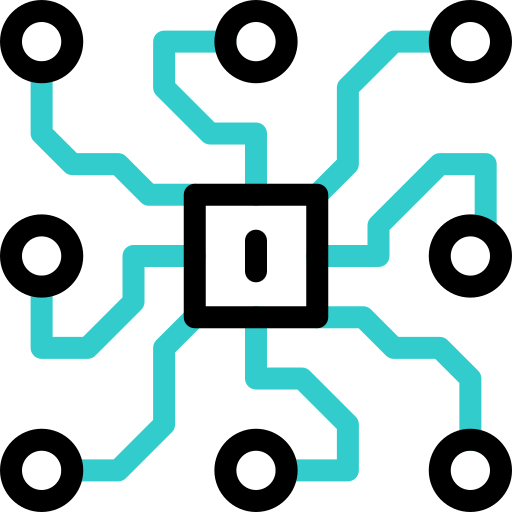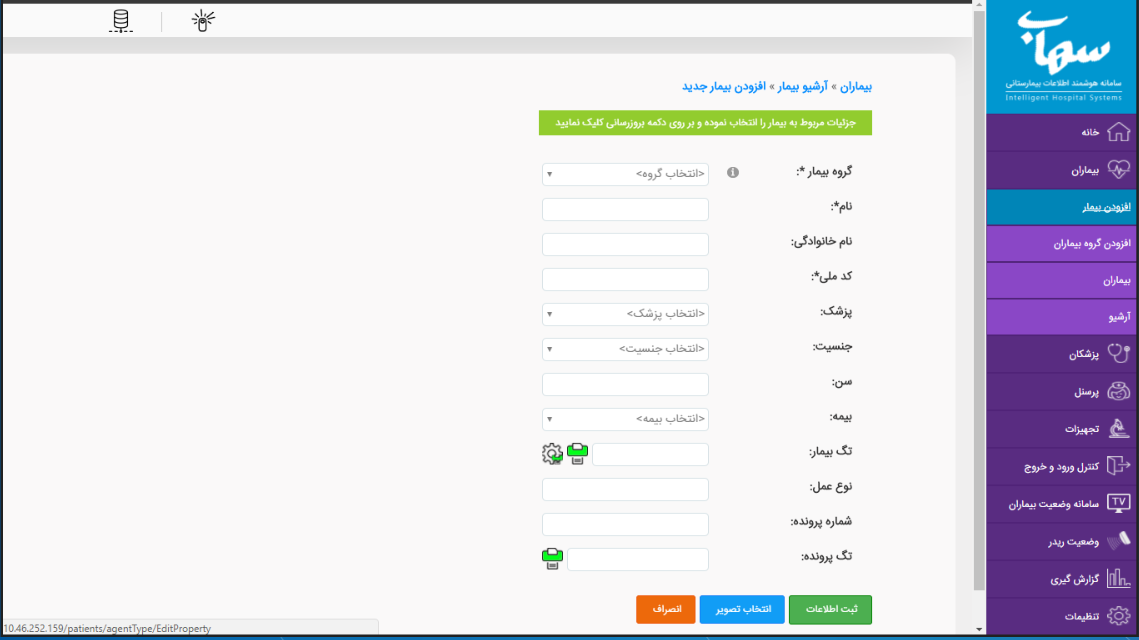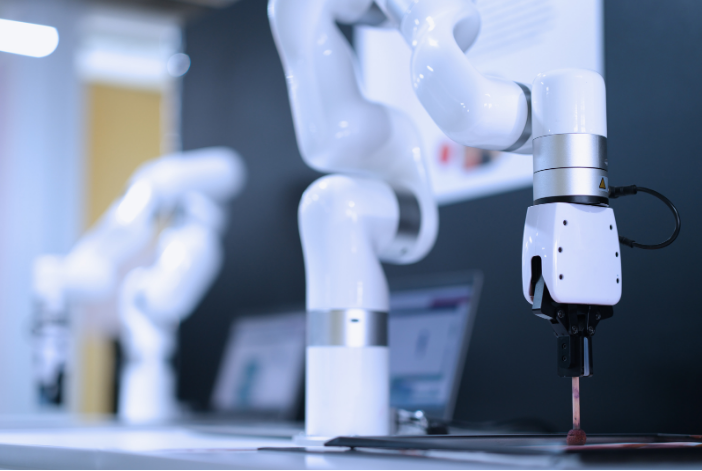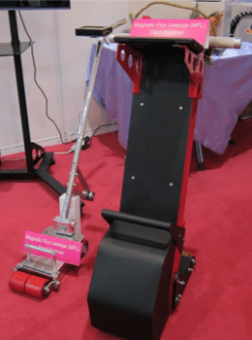
Mobile Development

Web Development

Artificial Intelligence

Robotic Systems

Ampol Energy Ampcharge
Ampol Ampcharge is Ampol Energy's digital infrastructure for managing its EV charging network. I was part of the team that developed and implemented the Ampcharge MVP, specifically its Android application.
As a pure Kotlin codebase, all of the new technologies available, such as Kotlin coroutines, Retrofit 2, Dagger II, ROOM DB, and Jetpack Compose, were used to develop and deliver a state-of-the-art EV charging feature within the Ampol Mobile application.
ANZ Plus App
The Australia and New Zealand Banking Group Limited–known as ANZ–is one of Australia’s big four banks. As a subsidiary to ANZ, the new ANZ-Plus app is considered a digital-only and mobile-based banking platform. ANZ Plus offers a new way of banking with a range of features to provide visibility over spending and support further savings.
I joined ANZ-Plus to be part of the team delivering the new in-app Home-Loan feature. During my time at ANZ, I engaged with a variety of stakeholders and used my knowledge in implementing features of the Android version of the app. The tech stack I used included libraries such as Kotlin coroutines, gRPC backend interface, Jetpack Compose, and Dagger II.
NSW Transport Opal+ App
The Opal+ app was NSW Transport's take on digitalizing its infrastructure. The core idea of the Opal+ app was passengers paying a set amount of time for different access tiers within an ecosystem of transport services, which was being expanded to include point-to-point options like e-bikes and rideshare services under a holistic transit system.
The application went under a trial period, which was not successful, and thus the project was terminated. I joined the TNSW development team from the start, and during my time, I was heavily engaged in all aspects of the project, from backend to mobile application development.
Service Victoria App
Service Victoria is the Victoria state government's dedicated customer service agency. The agency has an application through which Victorian residents can receive various services from the government at their fingertips.
I joined the development team during the Covid-19 pandemic when the government wanted to implement check-in and tracing capabilities for the mobile application. I specifically worked on these two features, and given the urgency of the matter, we had been able to deliver the new feature in a timely manner.
HSBC Mobile Banking App
In the day and era of digitalization, HSBC Australia provides many digital products to cater to its customer base. I joined HSBC Australia when they were expanding their digital presence in Australia and thus wanted to focus on new features and the security of their mobile applications.
I was part of a team that worked on delivering new features such as debt management features and specifically worked on adding fraud detection capabilities to the HSBC Australia Android application.
SaferJourneys App
SaferJourneys was a subsidiary of IAG Limited Australia. SaferJourneys was a crash detection and response service that provided at-the-scene assistance in the event of a crash. The SaferJourneys App, combined with the SaferJourneys Tag, used the sensors embedded in the phone and Tag to detect crashes in near real-time.
This enabled the IAG call centre to provide appropriate assistance to the driver. I joined the development team from the start of the project and was engaged in all stages of the development, and I also contributed significantly to the development of the Android app of the product.
NRMA SafetyHub App
National Roads and Motorists’ Association (NRMA) Insurance, one of Australia’s leading insurance companies, wanted to do more than just help people get back on their feet after a disaster. Thus, a new digital platform known as SafetyHub was created. SafetyHub encouraged people to be safer in their environment and thus reduce their risk of disaster by providing tasks for the customers to perform around their houses.
The system comprised backend and frontend systems that communicated with IAG's servers and databases. I joined the development team as tech lead and for a whole year worked alongside a passionate team to deliver the MVP product for a trial in NSW and Queensland.
Bradford Ventilation AirIQ configurator App
Bradford Ventilation is a leading manufacturer of home and industrial ventilation systems in Australia. The company decided to introduce intelligence to its already well-built mechanical ventilation systems, and that is why I joined the development team from the start.
The development team and I had the task of developing a small piece of hardware named "smartbox", and its configurator application which was responsible for monitoring its environment and \ adjusting the flow of the ventilation accordingly.
Exhibition Catalogue App
Exhibitions are places where people meet and greet, but because of the vast number of catalogues, brochures, and business cards that people receive, it sometimes becomes overwhelming to manage all of them. The Xhibition App was a product to help exhibition participants communicate in an organized manner.
The platform provided capabilities to share product information and digital catalogues with participants, and more importantly, to also share contact information and digital business cards in an organized manner, so that participants could follow up on their meetings after the exhibition as well. I was one of the owners of this product and thus I was involved in all aspects of the development from concept design up to deployment and marketing.
Museum Information App
"Museums are places of knowledge, and the more information that can be provided to museum-goers, the better their experience. The idea with this product was to provide a digital platform for visitors to consume digital information such as video, audio, images, or even AR/VR content about items in a museum in an interactive way.
The platform consisted of an application that identified museum items via an associated QR code, communicated with backend servers to fetch information related to the item, and then present it to the visitor. As one of the product owners, I was engaged from conceptual design of the platform up to deployment and marketing.

SAHAB Healthcare Asset Management Suite
SAHAB is a healthcare asset management suite based on RFID technology. By tagging expensive hospital assets and monitoring them, hospital managers would get full insight into the distribution of the assets throughout the hospital, and also into the usage and availability.
RFID readers were scattered and installed around the premises to detect the assets, and handheld RFID readers would also be used by asset managers to perform daily routines. SAHAB is the web-based system that glues all of these units together and provides insight and reports to the management team. I was one of the owners of this product and thus I was involved from project inception up to the marketing and deployment

AI Transfer Learning Project
Training robotic agents through AI/ML requires a lot of training data, and training data is hard to create, tag, and refine. So, in one word, preparation of data is hard and time-consuming. When I joined the Center of Autonomous Systems (CAS) at UTS as a robotic engineer, we had the vision to reduce this critical time, and the idea was to use synthetic images for training and, secondly, to transfer part of the trained AI/ML network to a new agent so that experiences could be re-used. I experienced working with ROS and Gazebo and made use of computer vision techniques in conjunction with AI/ML while working on this project.

Magnetic Flux Leakage NDT Project
Magnetic Flux Leakage detection systems make use of various sensors such as hall sensors to detect anomalies in the magnetic field of pipes and tanks such as those used in the oil and gas industries.
These systems are considered state of the art and high-tech systems that comprise various electrical, computer, and mechanical parts that all work together. I had the opportunity to work with a team of engineers and help develop parts of such systems as a computer hardware engineer.
Roll Movement Simulation Stand
Lab-based simulation devices are essential for learning engineering concepts, especially in high-tech and high-cost industries such as Aerospace engineering. As a mechatronics engineer and the main product owner, I worked on a product named 'Roll Stand' that simulated the roll movement of a flying vehicle such as a quadcopter.
It comprised various mechanical, electrical, and software components that helped students and engineers learn control theory concepts hands-on. This product was deployed at multiple universities, especially in their control or mechatronics labs, for students to gain experience in.

VTOL Rescue Mission Drone
Vertical Take Off and Landing (VTOL) flying vehicles are a type of flying vehicle that have the advantage of not requiring much space during takeoff and landing. The most famous flying vehicle using this concept is the F35 fighter plane series.
I joined a team of engineers with the idea of deploying this concept to drones so that such vehicles could be used in places where space is limited and also are hard to reach for people. Using such devices in missions such as rescue operations after a disaster can be very advantageous since the terrain that rescuers need to operate on is unknown and could be very dangerous.

NFC Access Control Systems
Secure access to parts of a building is paramount, and one way of enforcing this security is through the use of NFC-based tags and readers. As a product owner and a computer hardware engineer, my team and I designed, developed, and implemented WIFI-based access controllers that used NFC readers in various entities.
We also took advantage of 3D printing the enclosure of the access controller in order to reduce production time and also be able to provide spare parts in a timely manner to our customers.